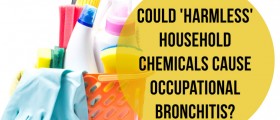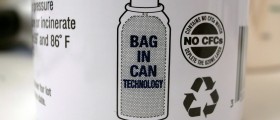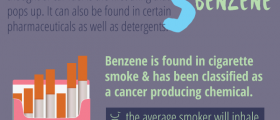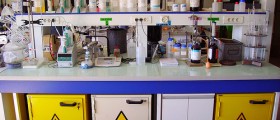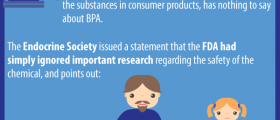General overview
Mothballs are used to kill off larvae of moths so that they don't develop and therefore cause damage to clothes. Mothballs can contain one of two products, either naphthalene or para-dichlorobenzene (p-DCB).
Naphthalene is found in older versions of mothballs and basically no longer sold in areas such as the United States. They are still being made though in countries like Taiwan and exported from there. Naphthalene was stopped from being used in mothballs due to many issues, such as the products being flammable and due to the fact that there were health concerns associated with it.
Due to this, p-DCB was then used as the replacement to naphthalene in mothballs. This chemical isn't flammable but it still gives off an aromatic odor similar to that of naphthalene.
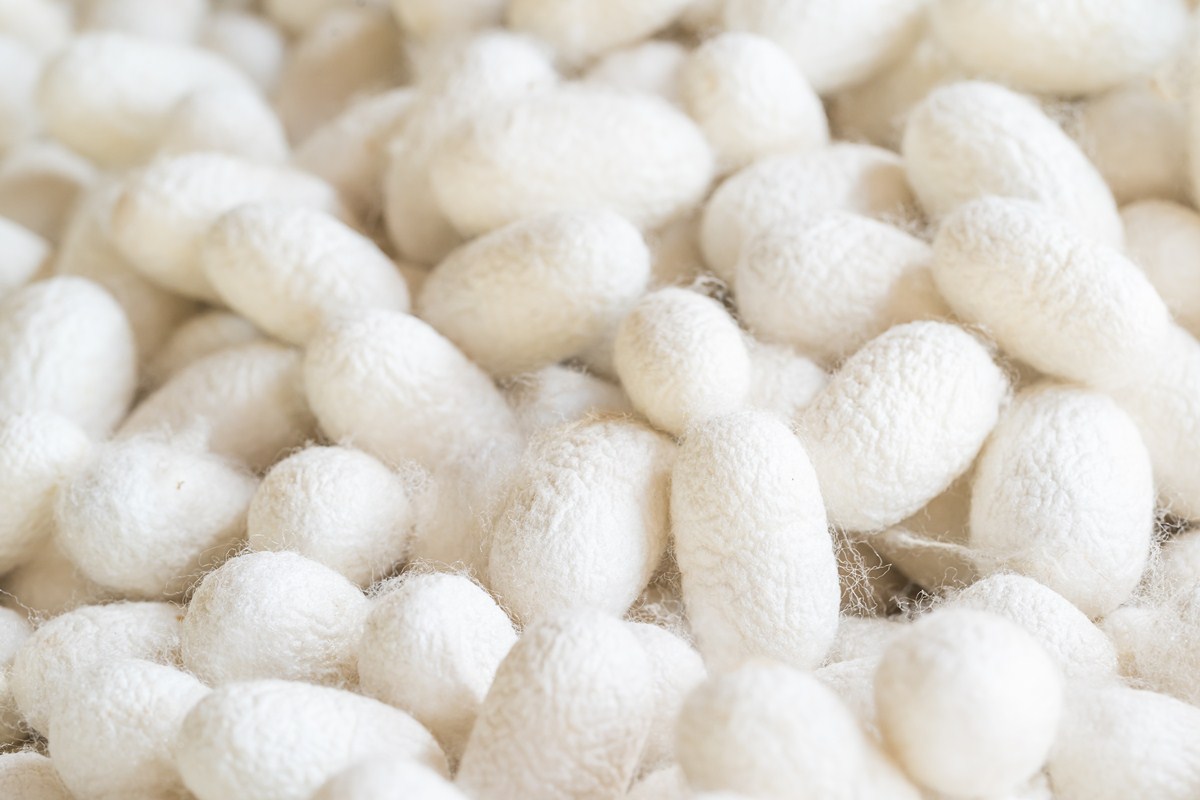
The abuse of mothballs
Mothballs give off the mentioned aromatic odour and this occurs naturally as the involved ingredient is released in gas form in room temperature.
It's thought that this may be the reason why people then started inhaling these chemicals and then found that a natural high occurs in the body. The high which is experienced is reported to be similar to that of other inhalant drugs, and with it comes a feeling similar to being intoxicated by alcohol.
In addition to the high feeling, other effects such as rapidly changing emotions, hallucinations and a distorted perception of time and space were also experienced.
Health effects of naphthalene
Exposure to large quantities of naphthalene can result in the destruction or red cells in the bloodstream. This can then result in the development of haemolytic anaemia which elicits the following signs and symptoms:
- Fatigue.
- Shortness of breath.
- Paleness
- Lack of appetite.
- Restlessness.
Other issues of naphthalene exposure may also include:
- Nausea.
- Vomiting.
- Confusion.
- Wheezing.
- Skin rash.
- Diarrhoea.
- Blood in the urine, due to breakdown of the red cells.
- Jaundice, due to dysfunction of the liver.
- Convulsions.
- Onset of a coma.
There is also strong evidence to support the fact that naphthalene can be carcinogenic and lead to issues such as adenomas and neuroblastomas of the nose as well as alveolar and bronchiolar ademonas.
Acute exposure of this chemical has also been noted to cause those affected to develop cataracts.
Health effects of p-DCB
This chemical is a hydrocarbon, and like many hydrocarbons, is not very soluble in water but rather quite fat soluble. p-DCB therefore accumulates in fatty tissue.
Animal studies have shown that exposure of very high levels of this chemical in water has resulted in the development of liver and kidney related cancers.
This would then suggest that p-DCB can be reasonably anticipated to be carcinogenic, even though no human studies have been done.



